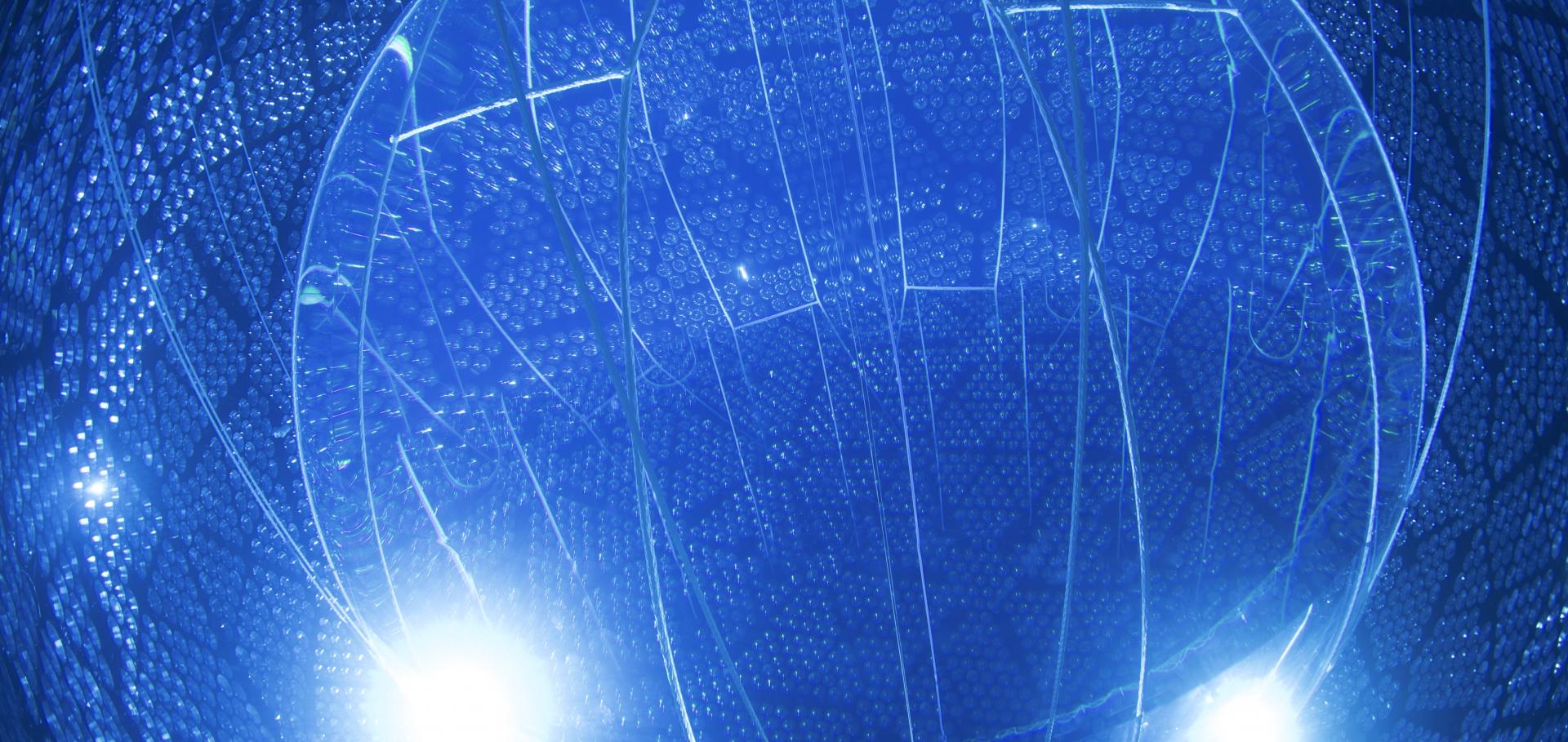The SNO+ experiment
Journal of Instrumentation IOP Publishing 16:8 (2021) P08059
Abstract:
The SNO+ experiment is located 2 km underground at SNOLAB in Sudbury, Canada. A low background search for neutrinoless double beta (0νββ) decay will be conducted using 780 tonnes of liquid scintillator loaded with 3.9 tonnes of natural tellurium, corresponding to 1.3 tonnes of 130Te. This paper provides a general overview of the SNO+ experiment, including detector design, construction of process plants, commissioning efforts, electronics upgrades, data acquisition systems, and calibration techniques. The SNO+ collaboration is reusing the acrylic vessel, PMT array, and electronics of the SNO detector, having made a number of experimental upgrades and essential adaptations for use with the liquid scintillator. With low backgrounds and a low energy threshold, the SNO+ collaboration will also pursue a rich physics program beyond the search for 0νββ decay, including studies of geo- and reactor antineutrinos, supernova and solar neutrinos, and exotic physics such as the search for invisible nucleon decay. The SNO+ approach to the search for 0νββ decay is scalable: a future phase with high 130Te-loading is envisioned to probe an effective Majorana mass in the inverted mass ordering region.Combined constraints on Majorana masses from neutrinoless double beta decay experiments
Physical Review D American Physical Society 104:1 (2021) 12002
Abstract:
Combined bounds on the Majorana neutrino mass for light and heavy neutrino exchange mechanisms are derived from current neutrinoless double beta decay (0νββ) search results for a variety of nuclear matrix element (NME) models. The approach requires self-consistency of a given model to predict NMEs across different isotopes. The derived bounds are notably stronger than those from any single experiment and show less model-to-model variation, highlighting the advantages of using multiple isotopes in such searches. Projections indicate that the combination of near-term experiments should be able to probe well into the inverted neutrino mass hierarchy region. A method to visually represent 0νββ experimental results is also suggested to more transparently compare across different isotopes and explicitly track model dependencies.Development, characterisation, and deployment of the SNO+ liquid scintillator
Journal of Instrumentation IOP Publishing 16 (2021) P05009
Abstract:
A liquid scintillator consisting of linear alkylbenzene as the solvent and 2,5-diphenyloxazole as the fluor was developed for the SNO+ experiment. This mixture was chosen as it is compatible with acrylic and has a competitive light yield to pre-existing liquid scintillators while conferring other advantages including longer attenuation lengths, superior safety characteristics, chemical simplicity, ease of handling, and logistical availability. Its properties have been extensively characterized and are presented here. This liquid scintillator is now used in several neutrino physics experiments in addition to SNO+.Search for hep solar neutrinos and the diffuse supernova neutrino background using all three phases of the Sudbury Neutrino Observatory
Physical Review D American Physical Society (APS) 102:6 (2020) 062006
Measurement of neutron-proton capture in the SNO+ water phase
Physical Review C American Physical Society 102:1 (2020) 014002


